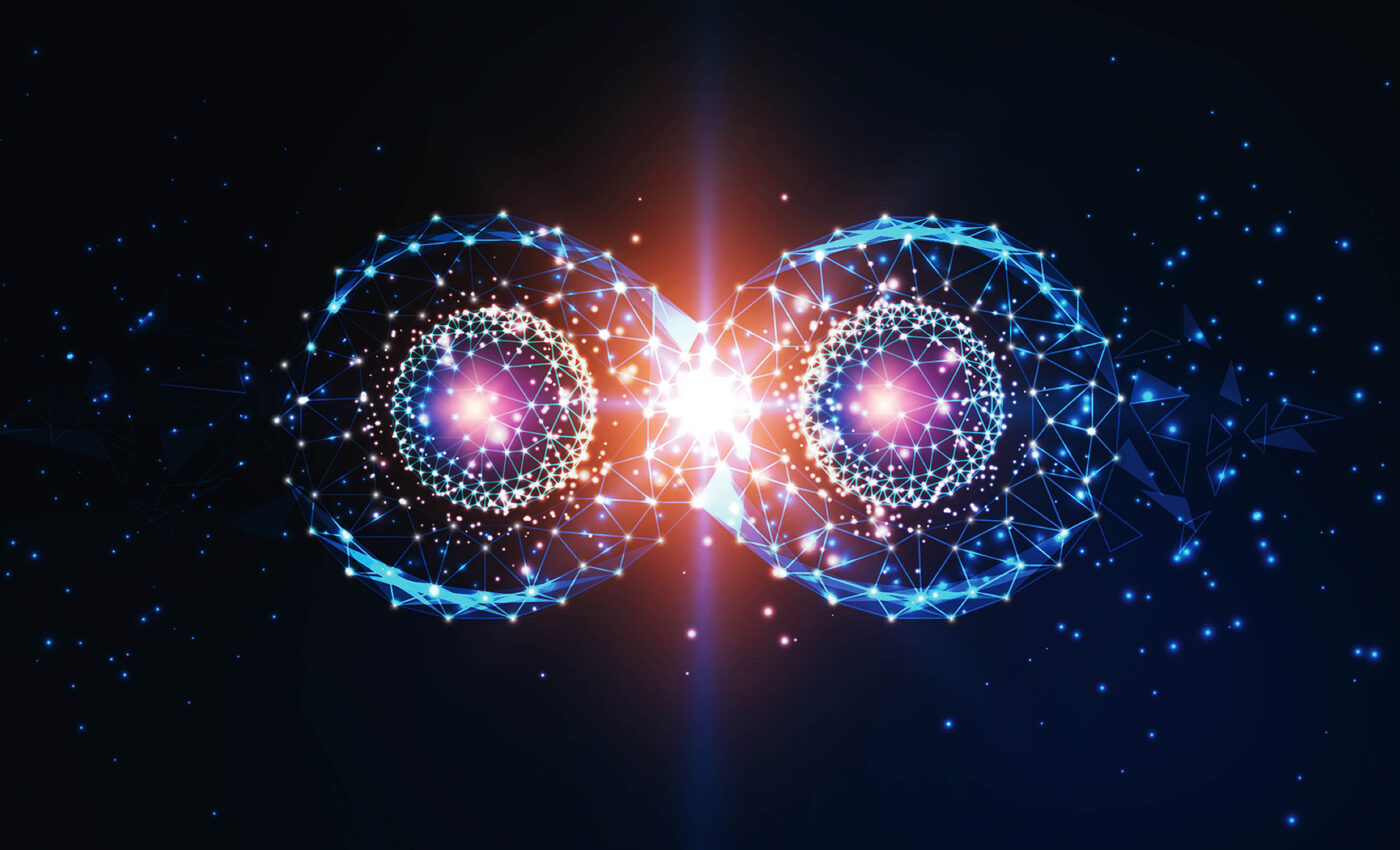
Finding quantum coherence in the chaos of chemical reactions
When we zoom in on a chemical reaction to the quantum level, a fascinating world emerges. Particles behave like waves, rippling and colliding in a intricate dance. Scientists have long sought to understand the phenomenon of quantum coherence, where particles maintain phase relationships and exist in multiple states simultaneously, much like a synchronized wave.
Demonstrating the survival of quantum coherence
A team of Harvard scientists led by Kang-Kuen Ni, Theodore William Richards Professor of Chemistry and Professor of Physics, has demonstrated for the first time the survival of quantum coherence in a chemical reaction involving ultracold molecules.
This discovery highlights the potential of harnessing chemical reactions for future applications in quantum information science.
“I am extremely proud of our work investigating a very fundamental property of a chemical reaction where we really didn’t know what the result would be,” said Professor Ni. “It was really gratifying to do an experiment to find out what Mother Nature tells us.”
Potassium-rubidium molecule reaction
The researchers focused on a specific atom-exchange chemical reaction in an ultra-cold environment involving 40K87Rb bialkali molecules.
In this reaction, two potassium-rubidium (KRb) molecules react to form potassium (K2) and rubidium (Rb2) products.
The team prepared the initial nuclear spins in KRb molecules in an entangled state by manipulating magnetic fields and then examined the outcome with specialized tools.
Quantum dynamics in ultra-cold environments
By utilizing laser cooling and magnetic trapping, the team cooled their molecules to just 500 nanoKelvin, a fraction of a degree above Absolute Zero.
In this ultracold environment, molecules slow down, enabling scientists to isolate, manipulate, and detect individual quantum states with remarkable precision.
This control facilitates the observation of quantum effects such as superposition, entanglement, and coherence, which play fundamental roles in the behavior of molecules and chemical reactions.
“We are probing phenomena that are possibly occurring in nature,” said first co-author and graduate student Lingbang Zhu.
“We can try to broaden our concept to other chemical reactions. Although the electronic structure of KRb might be different, the idea of interference in reactions could be generalized to other chemical systems as well,” Zhu concluded.
Mapping reaction products with precision
The researchers employed sophisticated techniques, including coincidence detection, to pick out the exact pairs of reaction products from individual reaction events and map them with precision.
Previously, they observed the partitioning of energy between the rotational and translational motion of the product molecules to be chaotic.
Therefore, it was surprising to find quantum order in the form of coherence in the same underlying reaction dynamics, this time in the nuclear spin degree of freedom.
Quantum coherence preserved and inherited
The results revealed that quantum coherence was preserved within the nuclear spin degree of freedom throughout the reaction.
The survival of coherence implied that the product molecules, K2 and Rb2, were in an entangled state, inheriting the entanglement from the reactants.
Furthermore, by deliberately inducing decoherence in the reactants, the researchers demonstrated control over the reaction product distribution.
Chemical reactions on the quantum frontier
Professor Ni is optimistic that quantum coherence can persist in non-ultracold environments.
“We believe the result is general and not necessarily limited to low temperatures and could happen in more warm and wet conditions,” she said. “That means there is a mechanism for chemical reactions that we just didn’t know about before.”
In summary, the research conducted by Professor Kang-Kuen Ni and her team at Harvard University has opened a new chapter in our understanding of chemical reactions at the quantum level.
By demonstrating the survival of quantum coherence in an ultracold environment and its potential persistence in warmer conditions, they have unveiled a previously unknown mechanism that governs chemical reactions.
This discovery challenges our conventional understanding of reaction dynamics while highlighting new applications in quantum information science.
As scientists continue to explore the quantum frontier, this study serves as a beacon, guiding us towards a deeper appreciation of the intricate dance of particles that underlies the very fabric of our universe.
The full study was published in the journal Science.
—–
Like what you read? Subscribe to our newsletter for engaging articles, exclusive content, and the latest updates.
Check us out on EarthSnap, a free app brought to you by Eric Ralls and Earth.com.
—–













